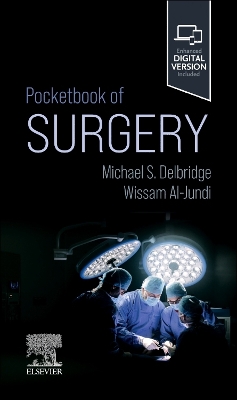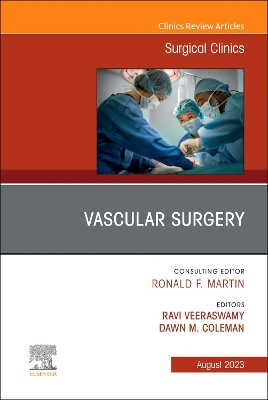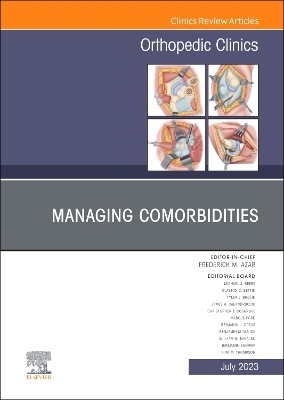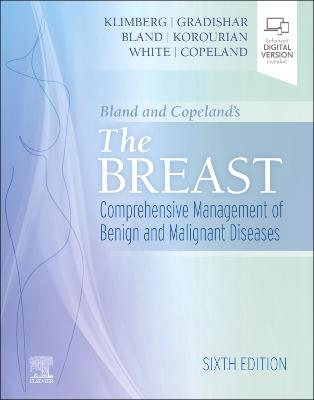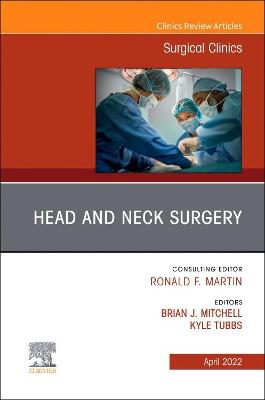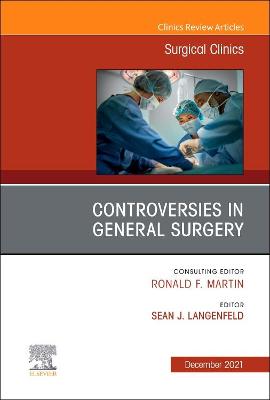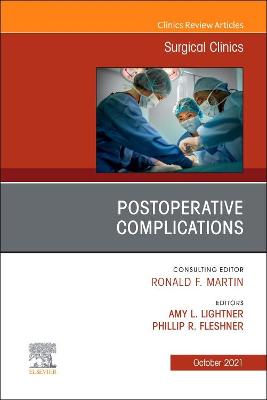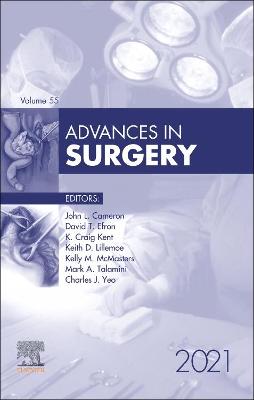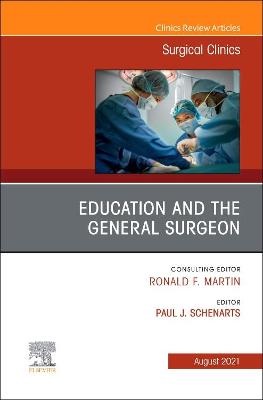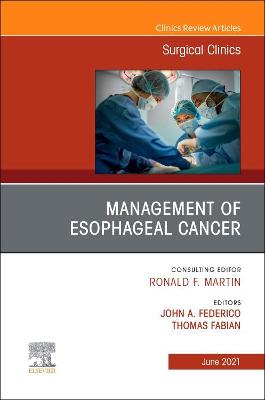Trauma Surgery Essentials
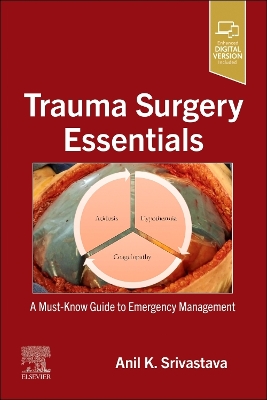 -10%
portes grátis
-10%
portes grátis
Trauma Surgery Essentials
A Must-Know Guide to Emergency Management
Srivastava, Anil K.
Elsevier - Health Sciences Division
08/2023
536
Mole
Inglês
9780323870276
15 a 20 dias
PART B MANAGEMENT OF SPECIFIC TRAUMA PROBLEMS SECTION V MANAGEMENT OF HEAD TRAUMA Chapter 25: Evaluation of head injury Chapter 26: Types of brain injury Chapter 27: Intracranial pressure monitoring Chapter 28: Non- surgical management of traumatic brain injury Chapter 29: Surgical management of traumatic brain injury Chapter 30: Brain death Chapter 31: Scalp laceration Chapter 32: Skull fracture Chapter 33: Facial fracture SECTION VI MANAGEMENT OF SPINE TRAUMA Chapter 34: Cervical spine clearance in blunt injury Chapter 35: Blunt cerebrovascular injury Chapter 36: Cervical spine injuries Chapter 37: Thoracolumbar spine injury Chapter 38: Spinal cord injury SECTION VII NECK TRAUMA Chapter 39: Blunt neck trauma Chapter 40: Penetrating neck trauma SECTION VIII CHEST TRAUMA Chapter 41: Chest wall injury Chapter 42: Lung and tracheobronchial injury Chapter 43: Thoracic vascular injury Chapter 44: Esophageal injury Chapter 45: Damage control thoracotomy SECTION IX ABDOMINAL TRAUMA Chapter 46: Management of hemodynamically unstable abdominal (Blunt/Penetrating) trauma Chapter 47: Damage control exploratory laparotomy Chapter 48: Temporary abdominal closure Chapter 49: Exposure of retroperitoneum Chapter 50: Management of liver injury Chapter 51: Management of pancreatic injury Chapter 52: Management of spleen injury Chapter 53 : Management of stomach injury Chapter 54: Management of duodenal injury Chapter 55: Management of small bowel injury Chapter 56: Management of colorectal injury Chapter 57: Management of retroperitoneal vascular injury Chapter 58: Management of pelvic bleeding Chapter 59: Management of urogenital injury SECTION X PERIPHERAL VASCULAR INJURY Chapter 60: Management of upper extremity vascular injury Chapter 61: Management of lower extremity vascular injury SECTION XI MUSCULOSKELETAL INJURY Chapter 62: Management of pelvic fracture Chapter 63: Management of extremities fractures Chapter 64: Classification of musculoskeletal injuries Chapter 65: Compartment syndrome Chapter 66: Amputations SECTION XII MISCELLANEOUS Chapter 67: Trauma in the extremes of age Chapter 68: Trauma in pregnancy Chapter 69: Scoring systems in trauma
PART B MANAGEMENT OF SPECIFIC TRAUMA PROBLEMS SECTION V MANAGEMENT OF HEAD TRAUMA Chapter 25: Evaluation of head injury Chapter 26: Types of brain injury Chapter 27: Intracranial pressure monitoring Chapter 28: Non- surgical management of traumatic brain injury Chapter 29: Surgical management of traumatic brain injury Chapter 30: Brain death Chapter 31: Scalp laceration Chapter 32: Skull fracture Chapter 33: Facial fracture SECTION VI MANAGEMENT OF SPINE TRAUMA Chapter 34: Cervical spine clearance in blunt injury Chapter 35: Blunt cerebrovascular injury Chapter 36: Cervical spine injuries Chapter 37: Thoracolumbar spine injury Chapter 38: Spinal cord injury SECTION VII NECK TRAUMA Chapter 39: Blunt neck trauma Chapter 40: Penetrating neck trauma SECTION VIII CHEST TRAUMA Chapter 41: Chest wall injury Chapter 42: Lung and tracheobronchial injury Chapter 43: Thoracic vascular injury Chapter 44: Esophageal injury Chapter 45: Damage control thoracotomy SECTION IX ABDOMINAL TRAUMA Chapter 46: Management of hemodynamically unstable abdominal (Blunt/Penetrating) trauma Chapter 47: Damage control exploratory laparotomy Chapter 48: Temporary abdominal closure Chapter 49: Exposure of retroperitoneum Chapter 50: Management of liver injury Chapter 51: Management of pancreatic injury Chapter 52: Management of spleen injury Chapter 53 : Management of stomach injury Chapter 54: Management of duodenal injury Chapter 55: Management of small bowel injury Chapter 56: Management of colorectal injury Chapter 57: Management of retroperitoneal vascular injury Chapter 58: Management of pelvic bleeding Chapter 59: Management of urogenital injury SECTION X PERIPHERAL VASCULAR INJURY Chapter 60: Management of upper extremity vascular injury Chapter 61: Management of lower extremity vascular injury SECTION XI MUSCULOSKELETAL INJURY Chapter 62: Management of pelvic fracture Chapter 63: Management of extremities fractures Chapter 64: Classification of musculoskeletal injuries Chapter 65: Compartment syndrome Chapter 66: Amputations SECTION XII MISCELLANEOUS Chapter 67: Trauma in the extremes of age Chapter 68: Trauma in pregnancy Chapter 69: Scoring systems in trauma

